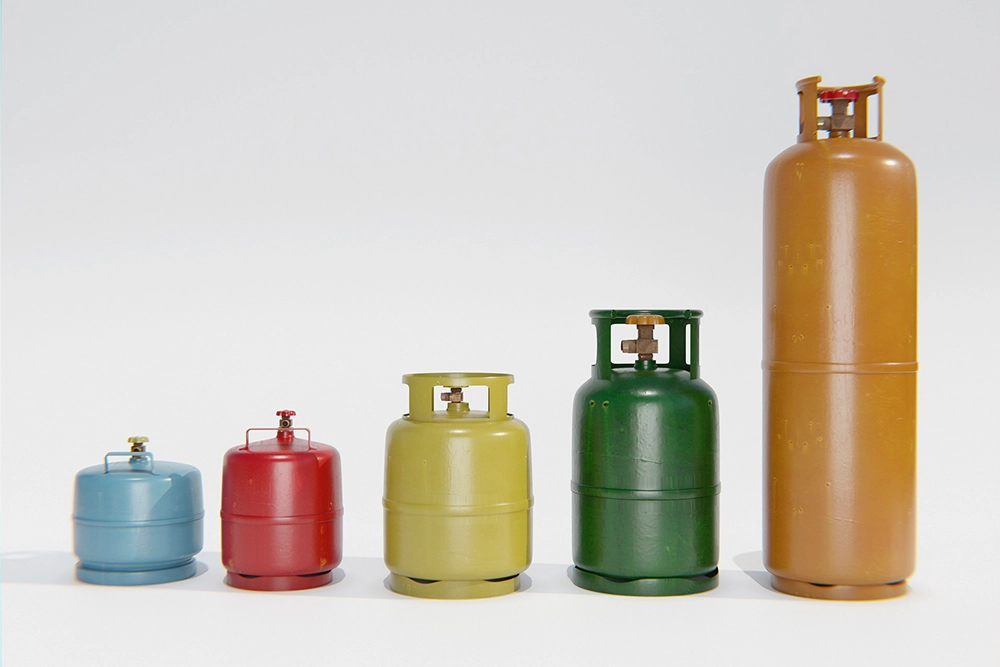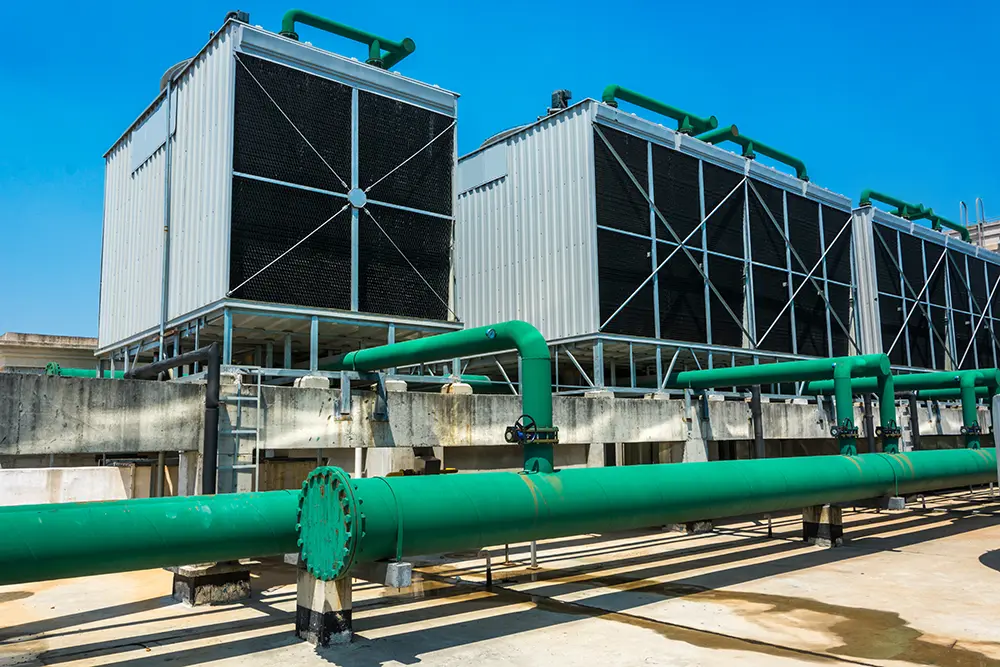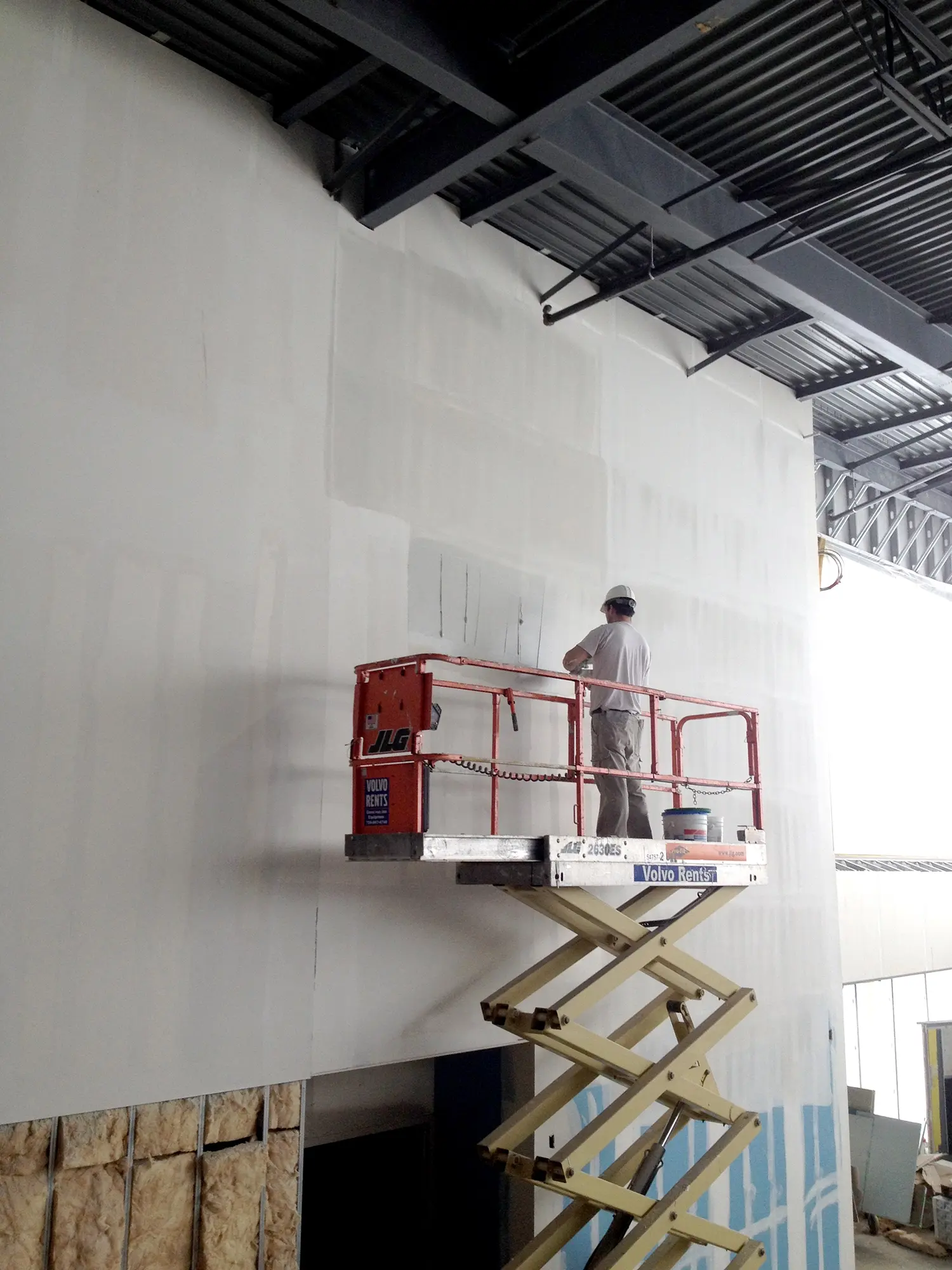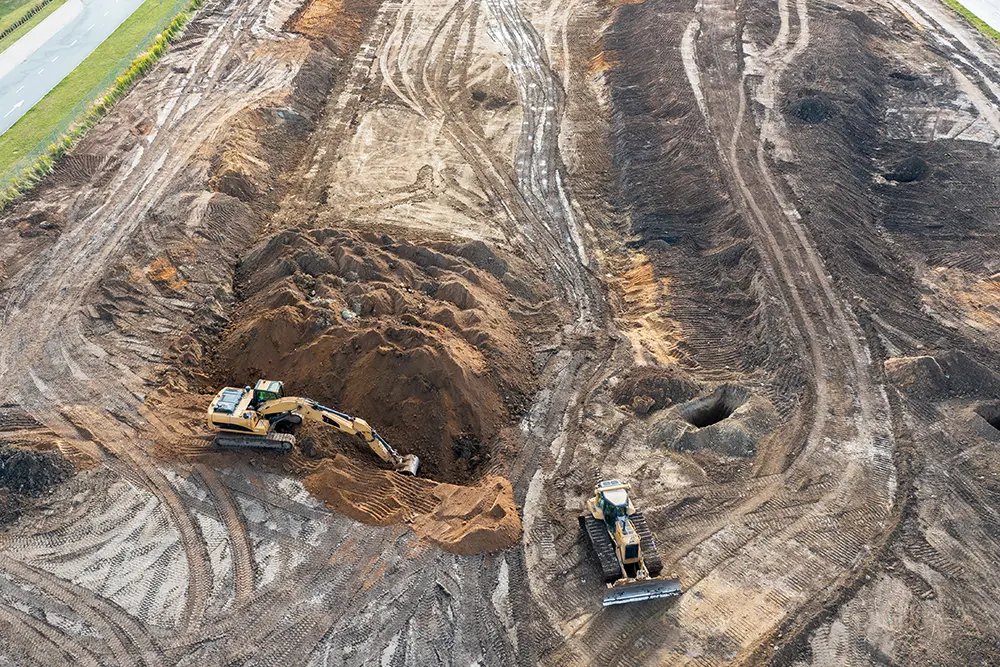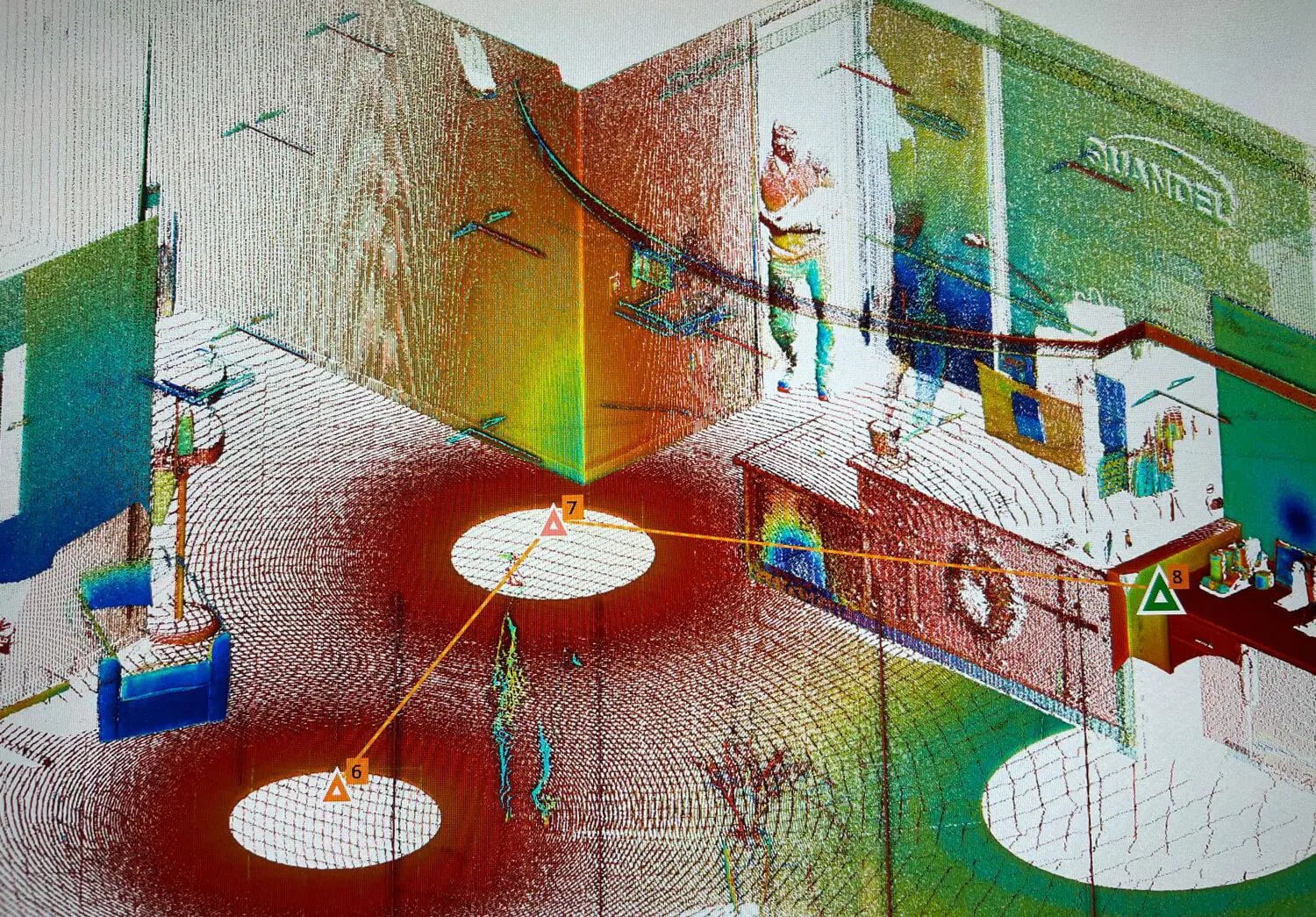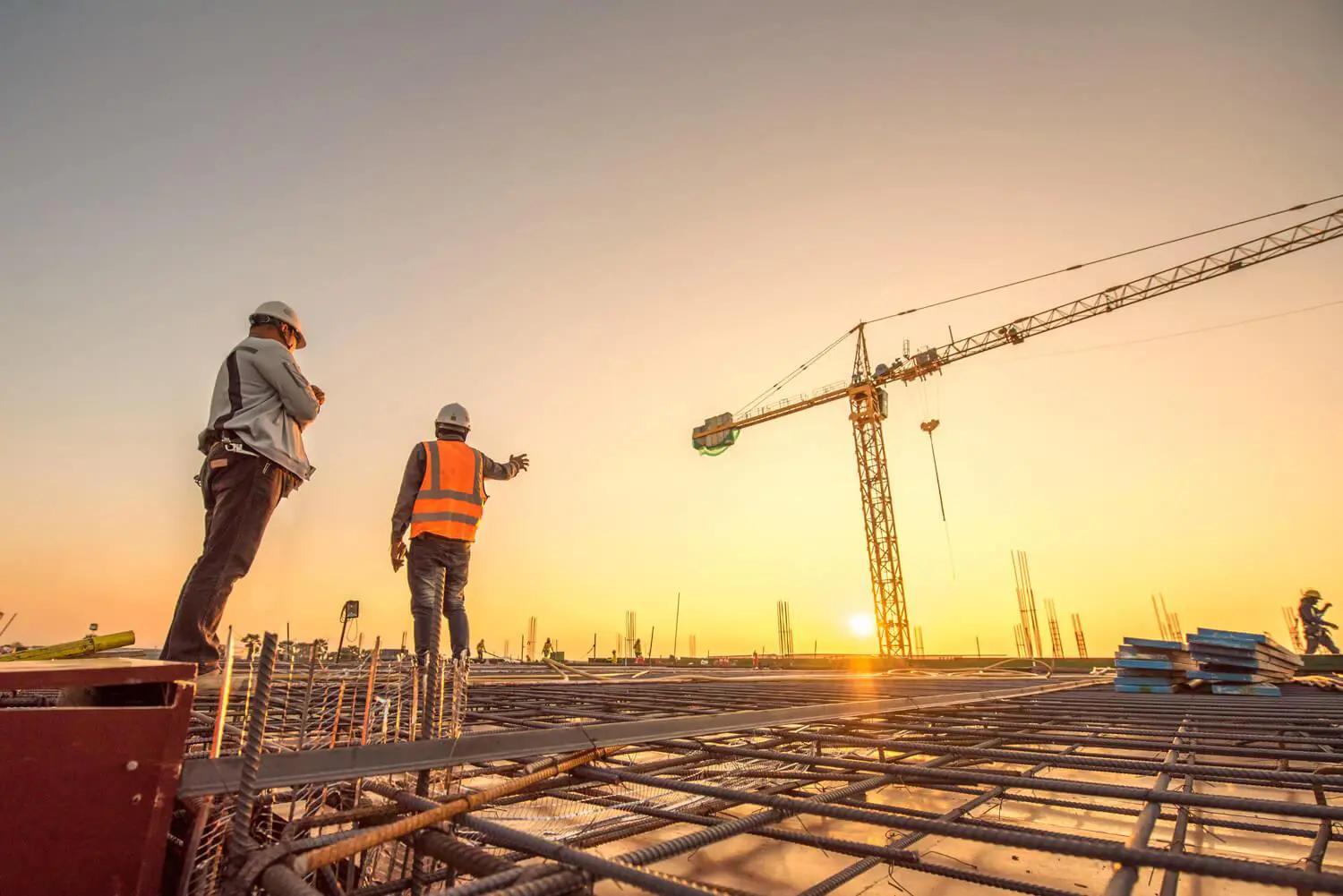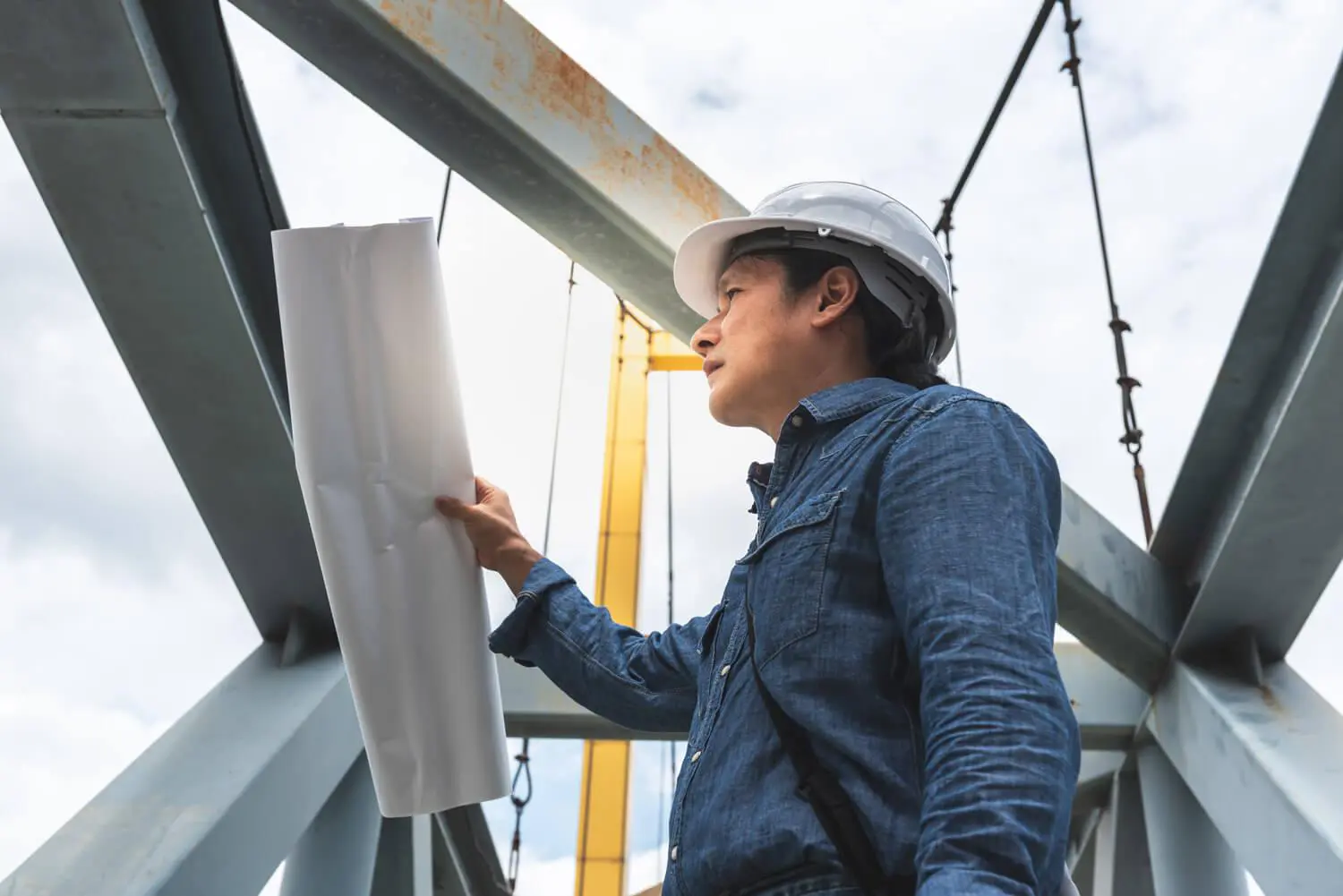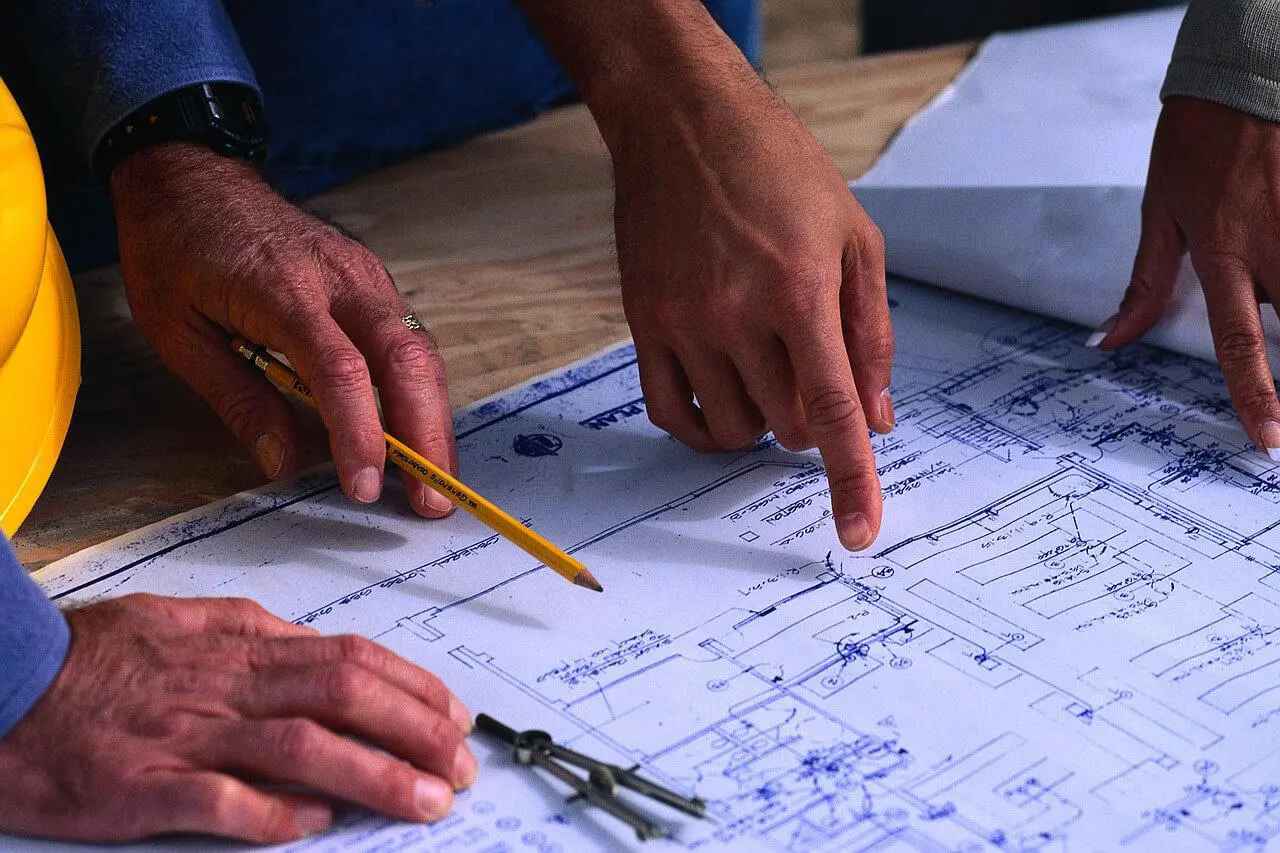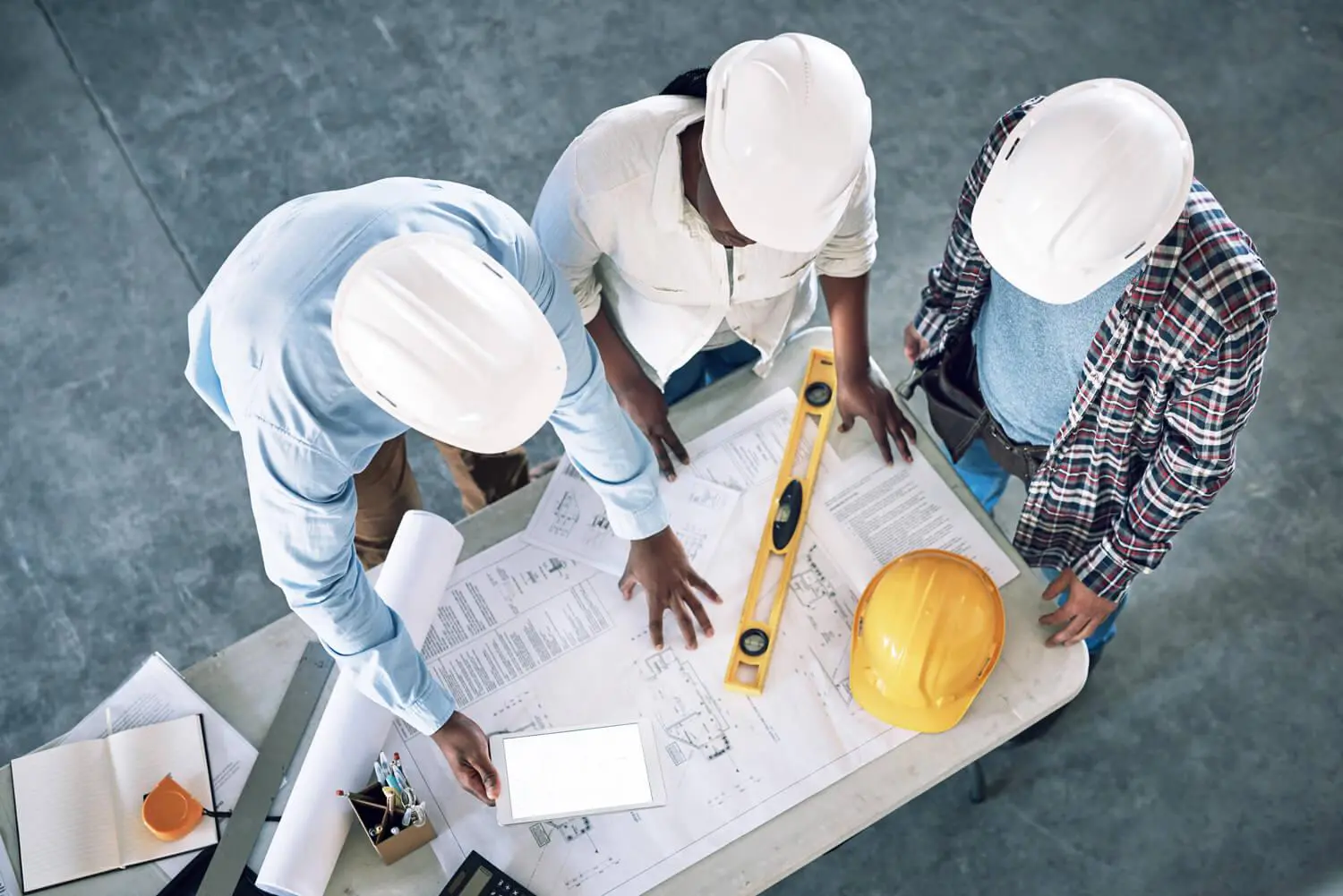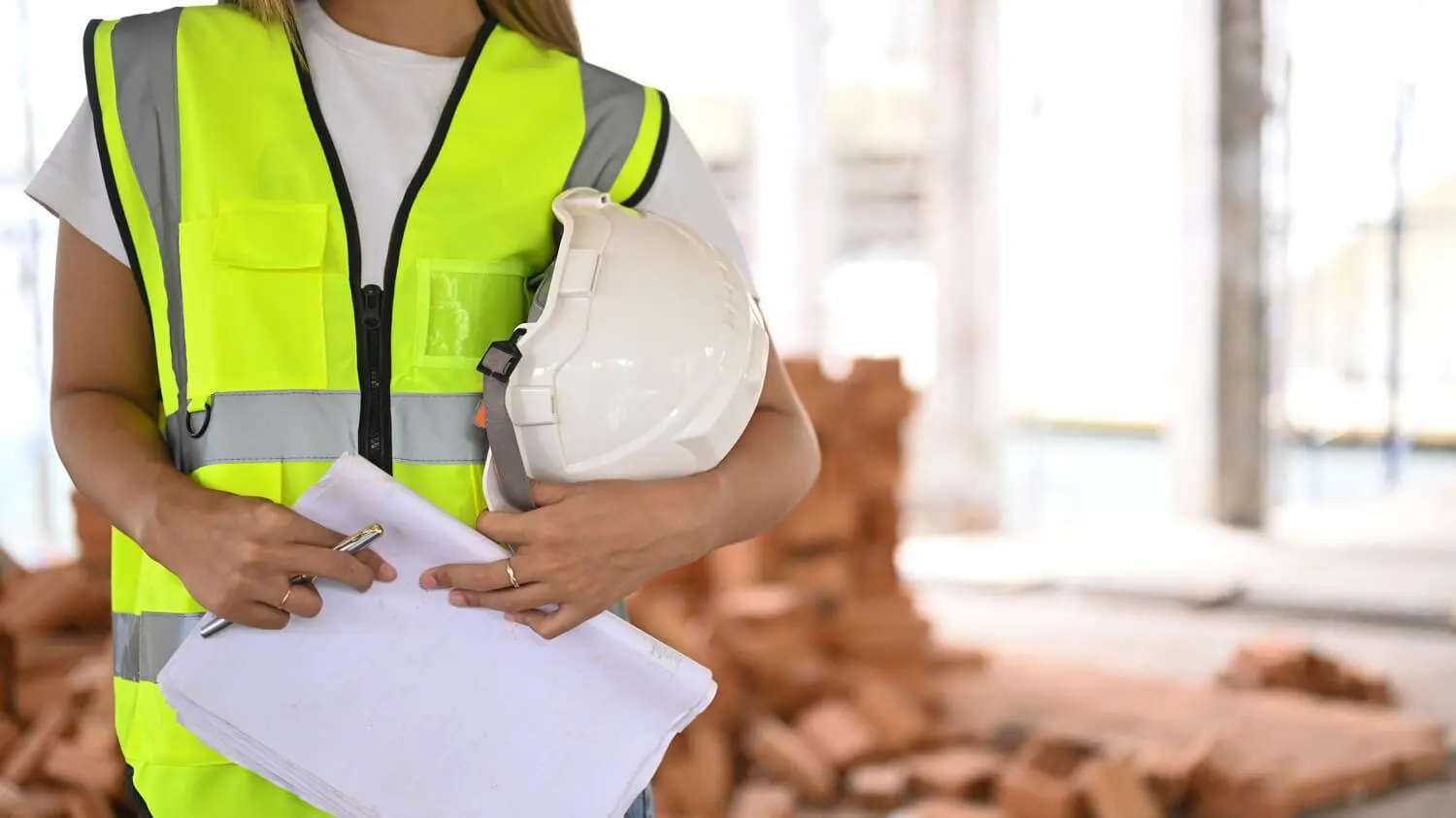Compressed gas cylinders are a common tool used in many industrial and commercial settings. Proper storage, handling, and use of these cylinders are critical to the safety and health of employees and other individuals who come into contact with them. Failure to handle these cylinders correctly can result in severe injury or even death. In this safety talk, we will discuss the hazards associated with compressed gas cylinders and their proper storage, handling, and transport of cylinders.
Physical Hazards
Compressed gas cylinders can pose physical hazards due to their high internal pressure. Any damage to the cylinder or its valve can cause the cylinder to rupture, explode, or become airborne. These events can result in contusion, crushing injury, or metal shrapnel flying into the air, causing severe injury or even death.
Content Hazards
Each compressed gas cylinder contains different contents that can pose unique hazards to human health with the potential for flammability, toxicity, corrosiveness, explosiveness, or a combination of these hazards. An accidental release or leak from a cylinder can cause burns or frostbite, suffocation, chemical poisoning, exacerbation of pre-existing health problems, increased risk of fire, destruction of skin and mucous membranes, and damage to target organs.
Storage of Compressed Gas Cylinders
Proper storage of gas cylinders is important to the safety and health of anyone using compressed gas cylinders. Cylinders should be stored upright, in well-ventilated areas, and out of inclement weather. They should be stored in a location where they will not be subject to damage, heat, or electrical contact. Cylinders should not be stored in exits or egress routes like public hallways or other unprotected areas. Same hazard class gases should be stored in the same area. Inert gases are compatible with other gases and may be stored together. The storage area should be marked with proper precautionary signs, and tanks should be secured to a stable object, using chains, straps, or cages. Approved cylinders stands or wall brackets may be less than 18″ tall. Acetylene cylinders should never be stored on their sides. Valves should be completely closed, and the valve protection caps should be placed on cylinders when not in use or attached to a system. Oxygen cylinders should be stored at least 20 feet away from all flammable, combustible, or incompatible substances. Empty cylinders should be stored separately from full cylinders, and empty tanks should be labeled or tagged, indicating that the tank is “empty,” and the valves should be closed with the protective cover in place.
Handling & Transport of Gas Cylinders
Most accidents or injuries involving cylinders happen when moving or handling gas cylinders. Use the right equipment, follow the correct procedures, and ask for help to lift or move cylinders to avoid personal injury and/or cylinder damage. Cylinders should be kept upright and away from heat, sparks, fire, physical damage, or electrical circuits to avoid rupture. Valves should be cleaned of any dust or dirt before attaching the regulator, and the correct regulator should always be used for the specific gas intended. Connection fittings should never be forced, and regulators should never be tampered with or altered. When opening a valve, stand off to the side of the cylinder. The regulator and cylinder valves should be inspected for grease, oil, dirt, and solvent. Grease or oil should never be used to lubricate regulators or cylinder valves because they can cause an explosion. The cylinder should be positioned so that the valve handle at the top is easily accessible. Valves should always be opened slowly, and only wrenches or tools that are provided by the cylinder supplier should be used. Cylinders should be used in a well-ventilated area to avoid gas accumulation and should never be brought into a confined space. Never use copper fittings or tubing on acetylene tanks, as it may result in an explosion. Close the cylinder valve and release all pressure before removing the regulator from the cylinder and never leave pressure in a regulator when it is not in use. If you suspect that a cylinder is leaking, use soapy water, never use a flame to detect a gas leak.
Potential Sources
The Compressed Gas Association (CGA) publishes guidelines and standards related to the safe handling, storage, and use of compressed gas cylinders. Their website provides access to resources and publications on this topic.
The Occupational Safety and Health Administration (OSHA) has regulations and guidelines related to the handling and storage of compressed gas cylinders in the workplace. Their website provides access to relevant regulations and guidance documents.
The National Fire Protection Association (NFPA) publishes codes and standards related to the safe use and handling of compressed gases. Their website provides access to relevant publications and standards.


